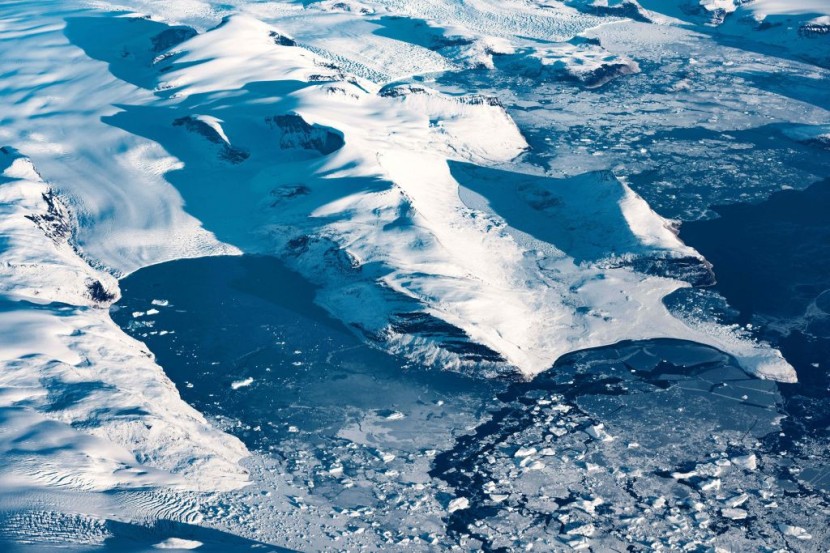A new study found that Greenland's ice is melting at a faster rate and losing roughly 30 million tons every single hour and up to 43 billion tons every year.
The region's expansive ice sheet has been known to be on the decline, particularly in the 1990s, due to warming caused by climate change. It is a situation shared by the Antarctic Ice Sheet as well as glaciers around the world.

A new study has found that roughly 20% more of the Greenland ice sheet has already disappeared than previous estimates have shown. The missing ice has continued to break and melt from the ends of glaciers located around the region's perimeter.
The new research that was published on Wednesday in the journal Nature provides a detailed accounting of a process that scientists knew had been happening. However, they have struggled to measure it comprehensively.
In a statement, a glaciologist at the NASA Jet Propulsion Laboratory, Chad Greene said that nearly every single glacier in Greenland is retreating. He noted that this is true no matter where you look, as per the New York Times.
Due to the end of glaciers generally sitting below sea level within deep fjords, their retreat does not directly add a significant amount to sea level rise. However, melting ice would still add more freshwater that could have implications for global climate models and projections as well as for the system of ocean currents that regulates temperatures on both sides of the Atlantic Ocean.
Greene's team combined more than 200,000 observations of glacier endpoints that covered nearly the entirety of Greenland. These observations were based on satellite images taken from 1985 to 2022.
The researchers also used observations from existing public data sets and combined them to create a comprehensive bird's-eye view of the contracting edges of the region's ice sheet over the past four decades.
Read Also : Peru's Ancient 'Alien Corpses' Confirmed Fake; Mummies Are Dolls Made From Earthly Bones
Tons of Lost Ice
Greene, who is also the lead researcher of the study, noted that the changes around Greenland are significant and are happening in many other places. He noted that if freshwater is dumped on the North Atlantic Ocean, then there would be a weakening of the Atlantic Meridional Overturning Circulation (Amoc), according to The Guardian.
The AMOC is known to have already reached its weakest in the last 1,600 years and in 2021, researchers observed warning signs of a tipping point. A collapse is believed to be capable of happening as soon as 2025 in the worst-case scenario.
The most recent update from a project that collates all of the other measurements of the region's ice discovered that 221 billion tons of ice had been lost every year since 2003. The scientists responsible for the recent study said that there is concern that any small source of freshwater could serve as a "tipping point" for the collapse of the AMOC.
The Greenland Ice Sheet is one of the world's two remaining ice sheets, the other one spanning the Antarctic continent. The ice sheet comprises hundreds of glaciers and covers nearly 80% of the region's entire landmass, said Reuters.
Related Article:
NASA, Lockheed Martin Unveil X-59 Supersonic Marvel That Can Travel Faster Than Sound
© 2026 HNGN, All rights reserved. Do not reproduce without permission.








